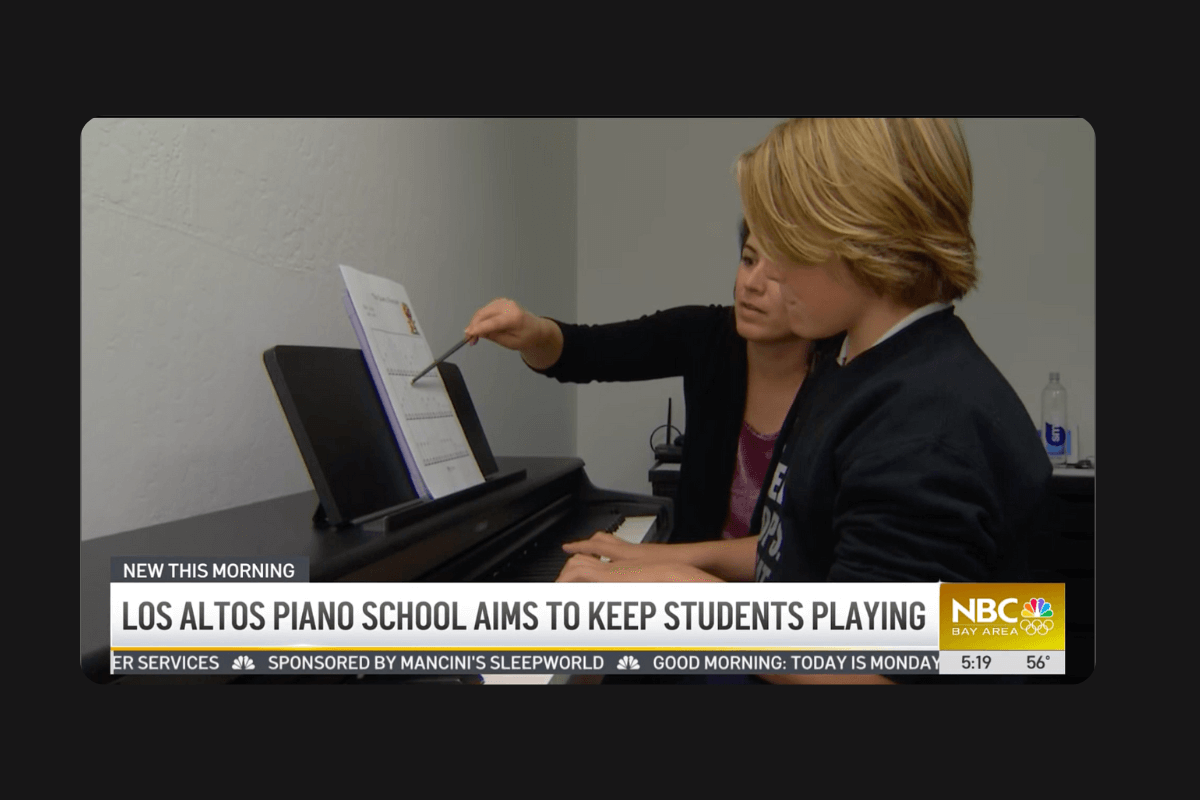Why piano is the best first instrument to learn
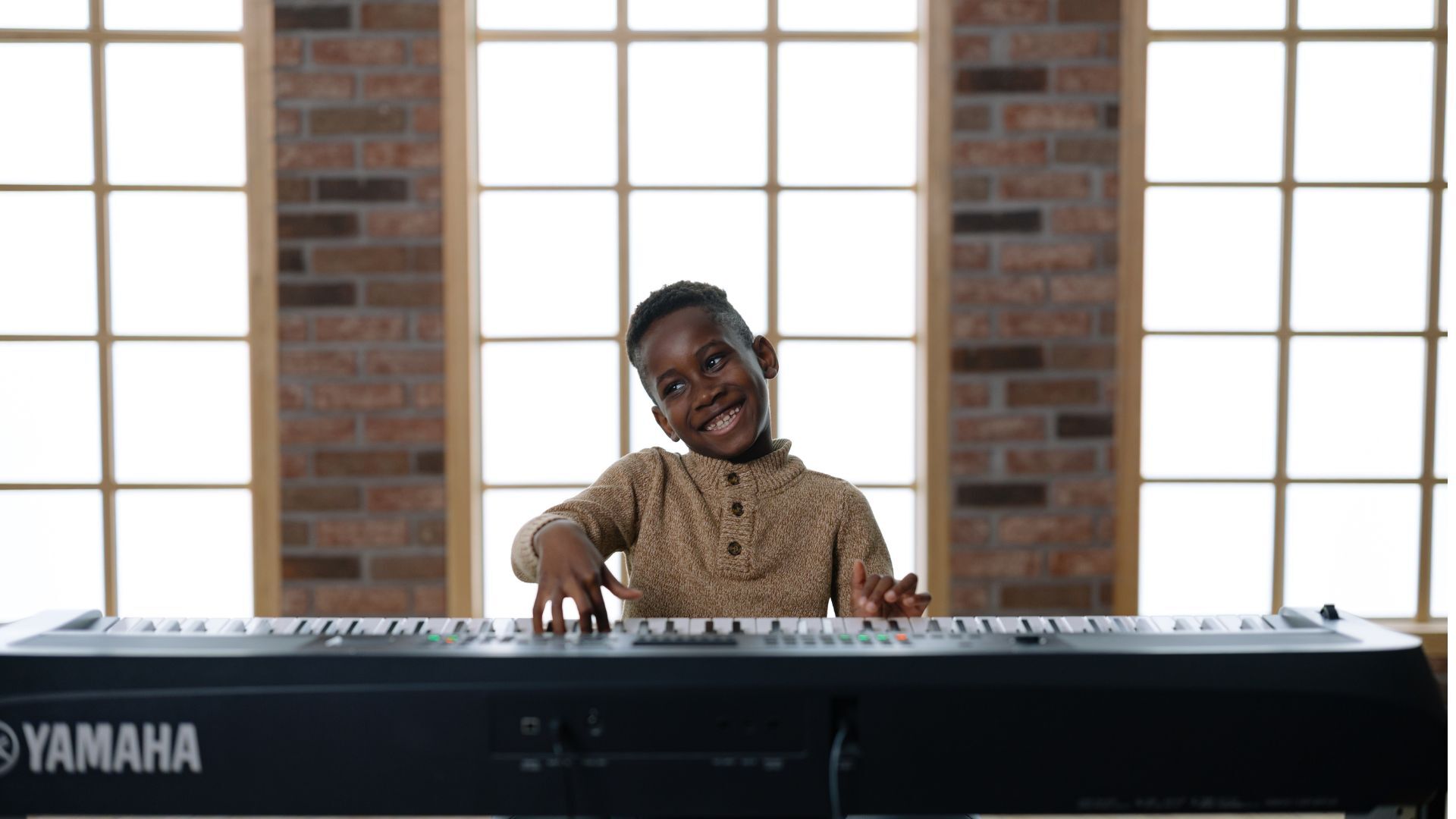
Learning to play any instrument is great, but piano is exceptional for beginners because it's visual, vocal, and versatile.
As a music educator, I'm often asked which instrument someone should start with. The answer probably won’t surprise you, but it's always the same: the piano. After years of teaching and observing how students progress, I’m confident that the piano offers unparalleled advantages as a foundation for learning music.
While every instrument has unique appeal and challenges, the piano is the most logical starting point for anyone who wants to both play and understand music. Whether you eventually want to master guitar, violin, saxophone, or any other instrument, the skills you develop at the piano will accelerate your progress and deepen your musical comprehension better than any other instrument.
The piano is exceptional for beginners because it's visual, vocal, and versatile. When combined with the Payam Method, piano learning becomes a gateway to musical literacy that transforms how students approach music for life.
The visual advantage: Seeing the music
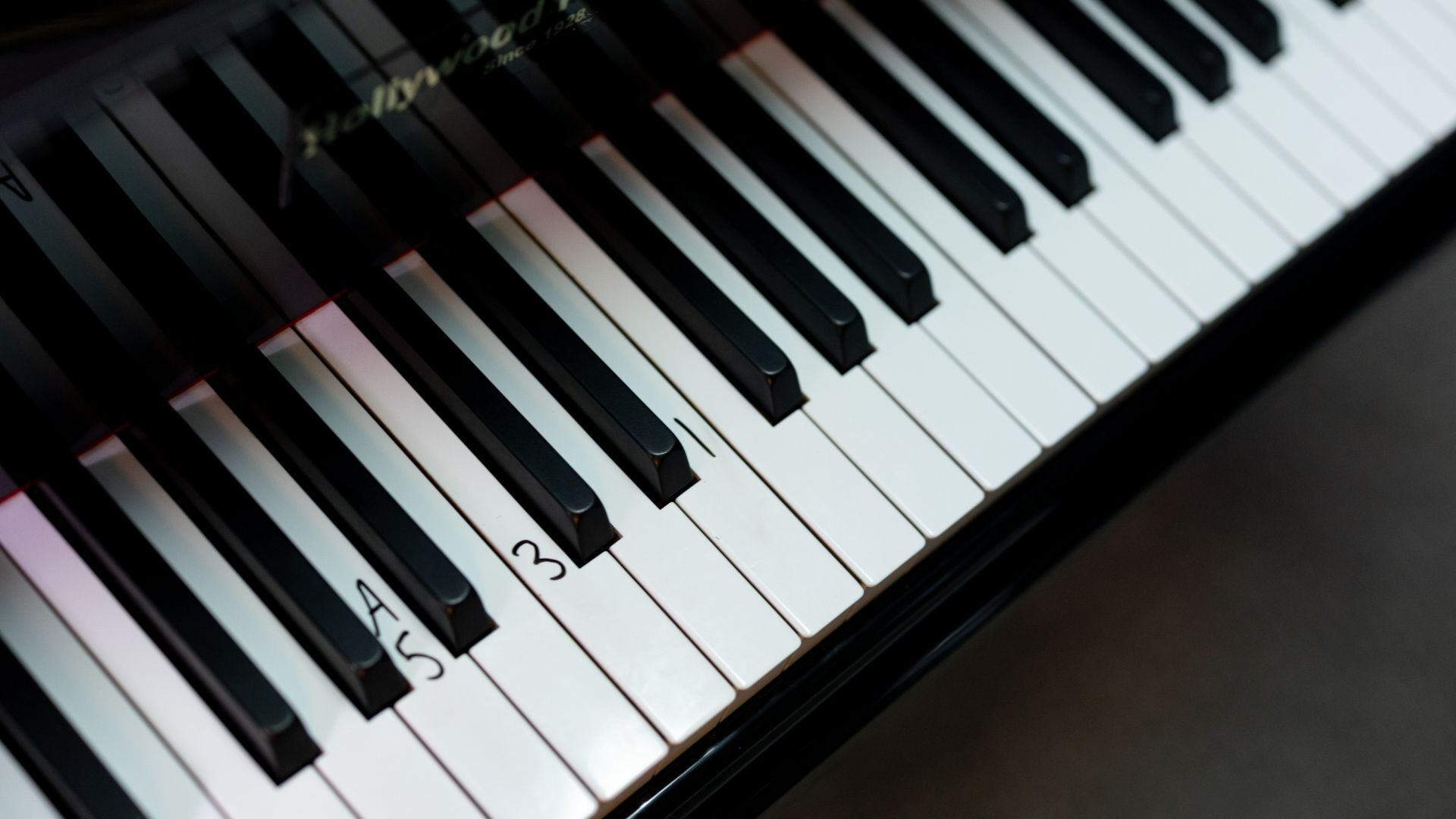
The piano's greatest strength lies in its visual clarity. The keyboard's linear layout is based on a repeating pattern of 12 notes: 7 white keys and 5 black keys. This simple design represents the same 12 notes that form the foundation of virtually all Western music, arranged in the most logical and intuitive way possible.
Consider how this compares to other instruments. On a guitar, finding C requires knowledge of strings, frets, and proper finger positioning. Additionally, that same C can also be played on four other locations across the neck! For a beginner, this creates confusion rather than clarity. The violin presents even greater challenges: there are no frets to guide finger placement, and the same note can be played on different strings with entirely different hand positions.
The piano eliminates these complications entirely. Every C on the keyboard looks the same and is played the same way, just in different octaves. This consistency allows students to focus on musical concepts rather than getting lost in instrumental technique. You can see the distance between notes, making intervals visually obvious. Scales become patterns you can trace with your eyes. Chords reveal their internal structure at a glance.
This visual clarity extends to music theory comprehension too. When you understand how a major scale looks and feels on the piano, you understand major scales everywhere. The pattern translates directly to every other instrument, but starting elsewhere means learning the theory twice: once on your instrument and again in universal terms.
Immediate musicality: Sound without struggle
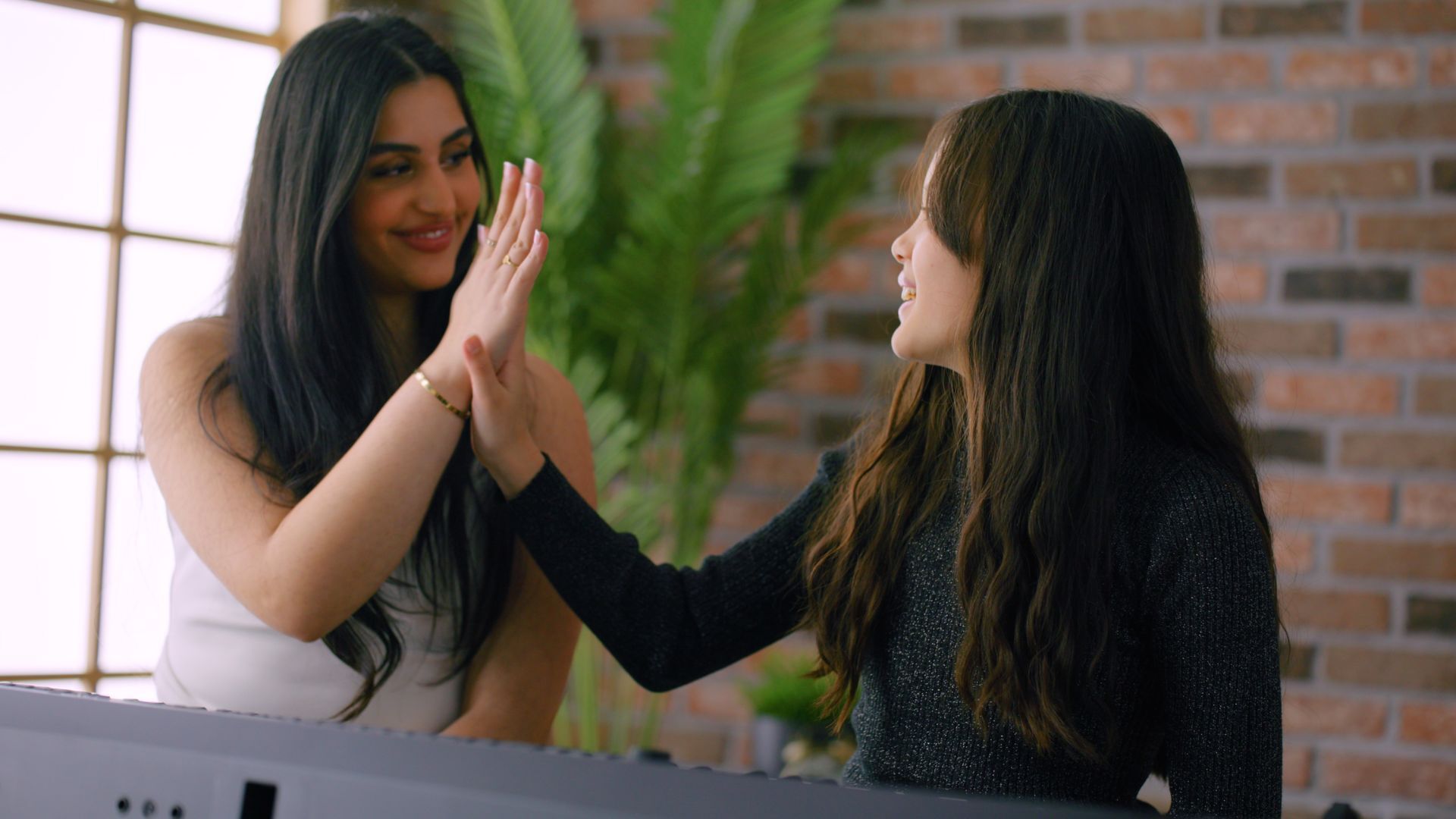
Unlike virtually every other instrument, the piano produces a clear, beautiful tone no matter what key you press. This immediate feedback is crucial for musical development because it removes the barrier between musical intention and musical sound.
Consider how this compares this to other instruments. The violin requires months of practice just to produce a pleasant tone. Even the guitar, often considered beginner-friendly, requires callus development, proper finger positioning, and enough hand strength to hold the strings against the frets. Many guitar students become frustrated in their first months because their fingers can't keep up with their musical ambitions.
As our student Emma astutely observed, piano is “easier than violin!”.
The piano bypasses all of these physical barriers. From day one, students can play melodies, harmonies, and complete pieces. This immediate success builds confidence and allows students to focus on musical elements like rhythm, phrasing, and expression rather than fighting with their instrument just to make it sound any good.
This doesn't mean the piano lacks technical challenges—advanced piano technique is incredibly sophisticated! But the beauty with piano lies in the gradual learning curve.
Motor skills mastery: The ultimate coordination challenge
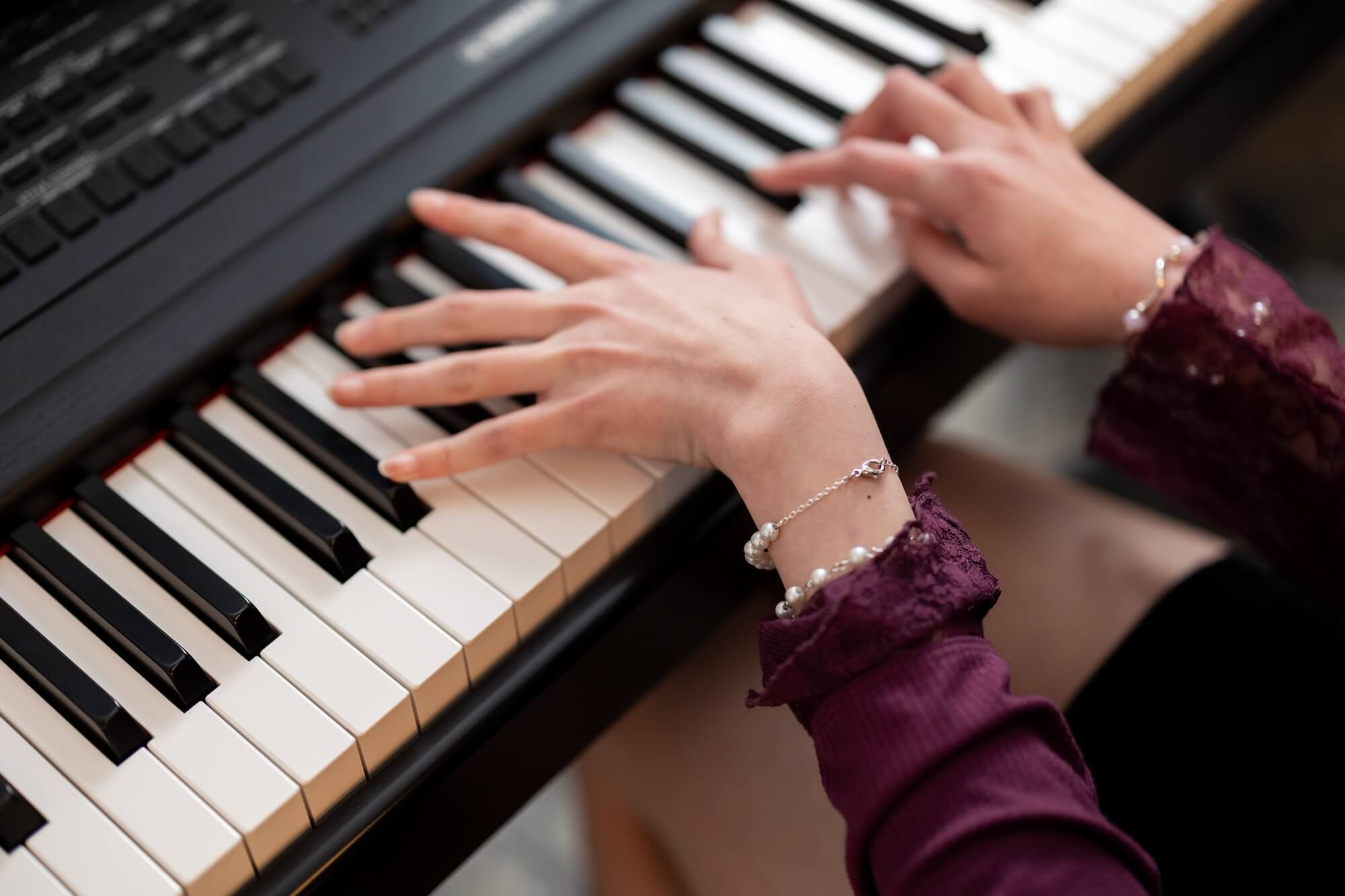
One of the benefits of starting with piano is building coordination that will benefit students in non-musical activities too. Piano playing requires independent hand coordination that surpasses virtually every other instrument. Your right hand and left hand must operate as completely separate entities, each with its own musical responsibilities, timing, and expression.
Consider the complexity: your left hand might play a steady bass line in quarter notes while your right hand executes a flowing melody in eighth note triplets. Meanwhile, your left hand maintains a softer dynamic while your right hand crescendos through a phrase. Each hand must remember its own fingering patterns and navigate different rhythmic challenges simultaneously.
This level of independence pushes your neurological limits in ways that single-line instruments cannot match. Piano students consistently demonstrate superior hand-eye coordination, enhanced fine motor control, and improved bilateral brain coordination that benefits everything from typing to sports. “This may sound strange, but my volleyball serve got better once I started playing piano,” said Adam, a 13-year-old student. The piano literally rewires your brain to handle multiple complex tasks simultaneously.
Reading mastery: Sight-reading in its purest form
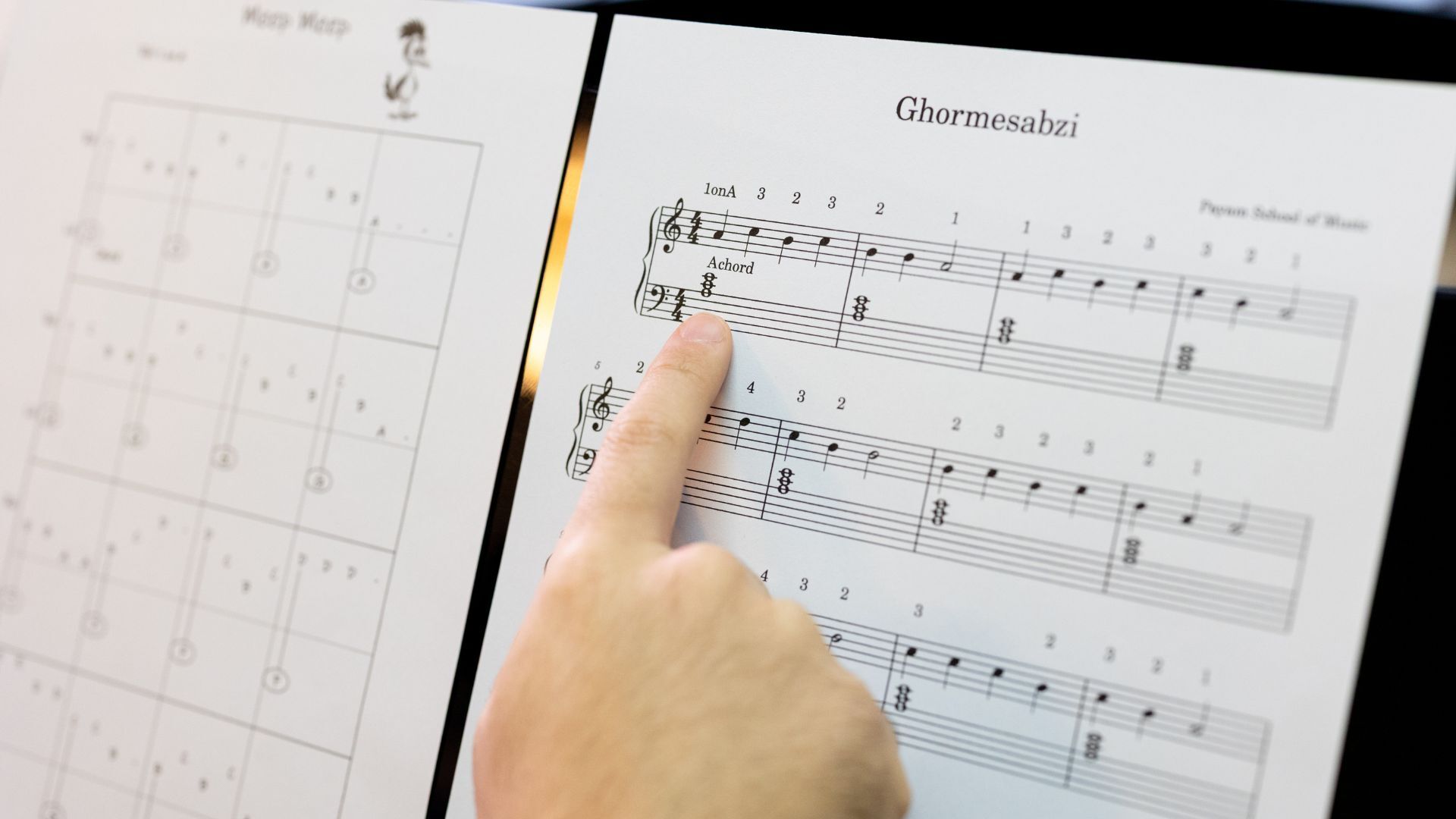
Piano students also develop sophisticated music reading skills because they must navigate the complete grand staff, both treble and bass clefs simultaneously. This comprehensive reading requirement creates sight-reading abilities that represent the highest level of musical literacy.
While other instruments read primarily in one clef, pianists must process two different clefs, each with its own note positions, rhythmic patterns, and musical information. Your eyes must track multiple lines of music simultaneously, processing harmonic relationships, melodic contours, and rhythmic interactions between hands.
The development of "reading ahead" skills is particularly profound in piano study. Because both hands must be prepared for upcoming musical events, pianists learn to read several beats or even measures ahead of what they're currently playing. This forward-looking reading skill requires extraordinary visual tracking and cognitive planning that enhances reading comprehension in all contexts.
Universal musical language: One instrument, every style
The piano's versatility is unmatched in the musical world. Spanning over seven octaves with the ability to play melody, harmony, and rhythm simultaneously, the piano serves as a complete musical instrument rather than a specialized one. This completeness makes it the ideal tool for understanding how music works as a whole.
“Playing piano is an art form and art isn’t supposed to be robotic,” our former student and current teacher Darius shared. “I think trying to stick to the sheet music word-by-word is robotic in my eyes.”
This versatility extends across musical genres in ways that other instruments cannot match. Classical piano literature spans from classical to contemporary composers, offering unlimited songs for study and performance. Jazz pianists can explore complex harmonies and improvisation. Popular music translates naturally to piano, from rock ballads to hip-hop to video game theme songs. Nintendo’s Super Mario theme song is a student favorite. Bah-da-bah, buh-da-bah…buh. 🍄
The piano provides immediate access to all possibilities, making it the preferred composition tool for composers across all genres and the ideal learning platform for students exploring different musical styles.
The Payam Method: Bridging theory and practice
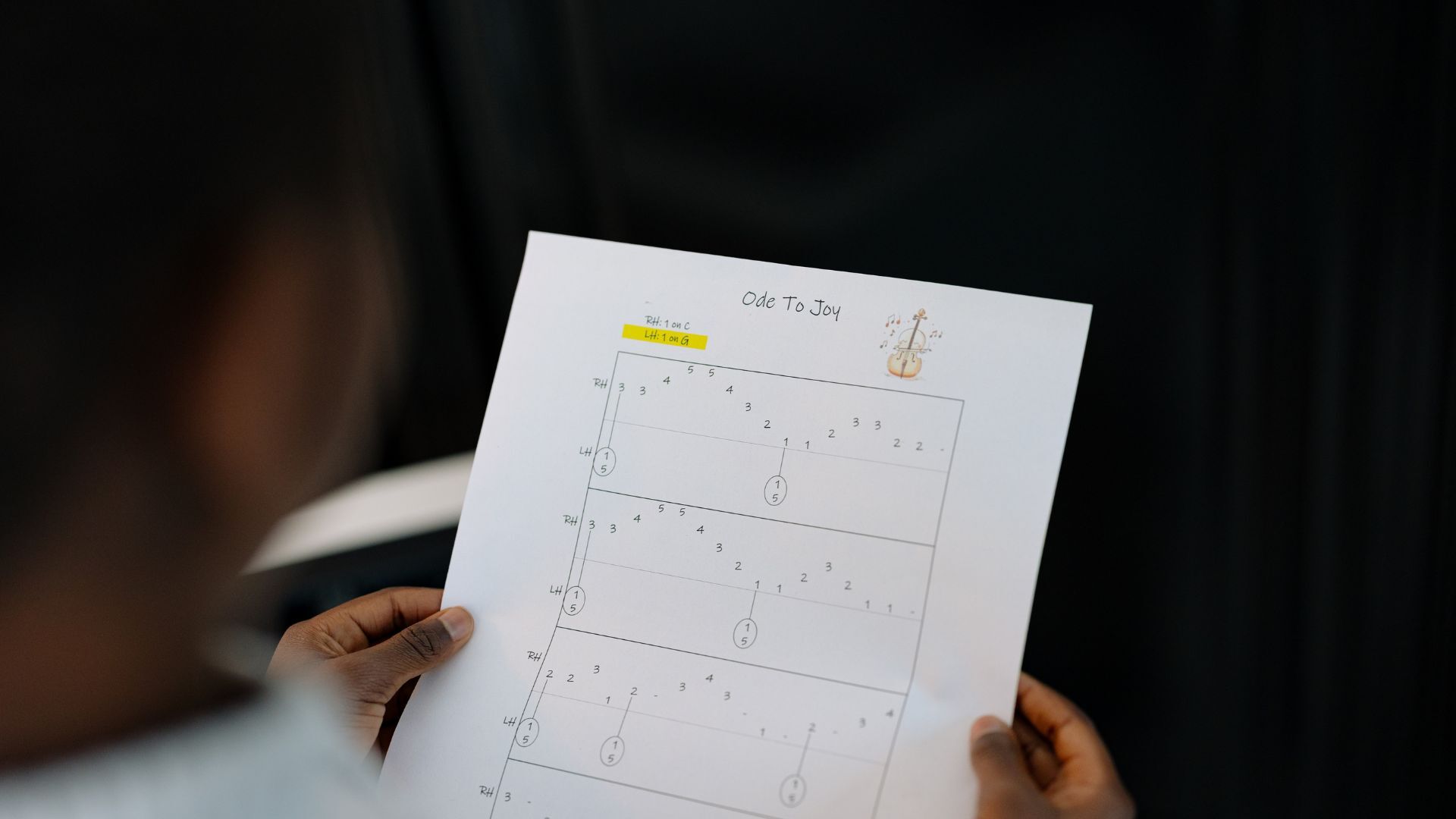
The Payam Method takes piano's natural advantages and amplifies them through an accessible approach to musical literacy. Traditional piano methods often create artificial separations between playing and understanding. Students might learn to play pieces while remaining mystified by chord progressions or unable to transpose simple melodies.
As we told the Santa Monica Daily Press, “A lot of students from other schools are really good at decoding music, which means they can read two or three songs they’ve learned really well, but they’re not good at reading music in general.”
The Payam Method eliminates these gaps by teaching students to see the connections between what they play on the keys and what they read on the sheet music.
At Payam Music, we encourage students to use their piano skills as a foundation for composition and creative expression. The piano becomes not just an instrument to master but a tool for musical discovery and personal expression. Students learn to trust their musical instincts because they understand the language they're speaking.
Piano as a foundation for music education
The piano's superiority as a first instrument isn't just about convenience or accessibility, it's about creating complete musicians. While other instruments might offer specialization, none provide the comprehensive musical education that piano study delivers.
Students who begin with piano develop stronger sight-reading skills because they must coordinate two hands reading different clefs simultaneously. They understand harmony intuitively because they play chords regularly. They develop better rhythm because they often play melody and accompaniment together. They gain theoretical knowledge naturally because piano music incorporates every aspect of musical structure.
It may sound cheesy, but the piano is the key that unlocks every musical door. Whether a student’s musical journey leads to performance, composition, teaching, or simply lifelong enjoyment, the foundation you build at the piano is a valuable one.
Sign up for a free lesson to start learning to play.
Frequently asked questions
Q: Why is piano considered the best first instrument to learn? A: Piano is exceptional for beginners because it's visual, vocal, and versatile. The keyboard's linear, repeating pattern of 12 notes (7 white and 5 black keys) is the most logical and intuitive visual representation of music. Every C on the keyboard looks and plays the same way, eliminating the confusion of finding the same note in multiple locations like on a guitar.
Q: What's the visual advantage of learning piano over other instruments? A: The piano's greatest strength is visual clarity. Students can see the distance between notes, making intervals visually obvious. Scales become traceable patterns, and chords reveal their internal structure at a glance. This clarity allows students to focus on musical concepts rather than struggling with instrumental technique, and the pattern knowledge transfers directly to other instruments.
Q: How does piano provide immediate musicality compared to other instruments? A: Unlike violin, which requires months of practice just to produce a pleasant tone, or guitar, which requires callus development and finger strength, piano produces a clear, beautiful tone immediately no matter which key you press. This removes the barrier between musical intention and musical sound, allowing students to play melodies and complete pieces from day one.
Q: How does piano develop superior coordination skills? A: Piano requires independent hand coordination that surpasses most other instruments. Your right and left hands must function as completely separate entities with different rhythmic patterns, timing, and expression while the player reads two clefs simultaneously. This neurological challenge builds coordination that benefits activities well beyond music, including typing and sports.
Q: Why is piano's versatility important for beginning musicians? A: Piano spans over seven octaves with the ability to play melody, harmony, and rhythm simultaneously, making it a complete musical instrument rather than a specialized one. This versatility allows students to explore unlimited musical styles and provides the comprehensive musical education that specialized instruments cannot hold a candle to.



